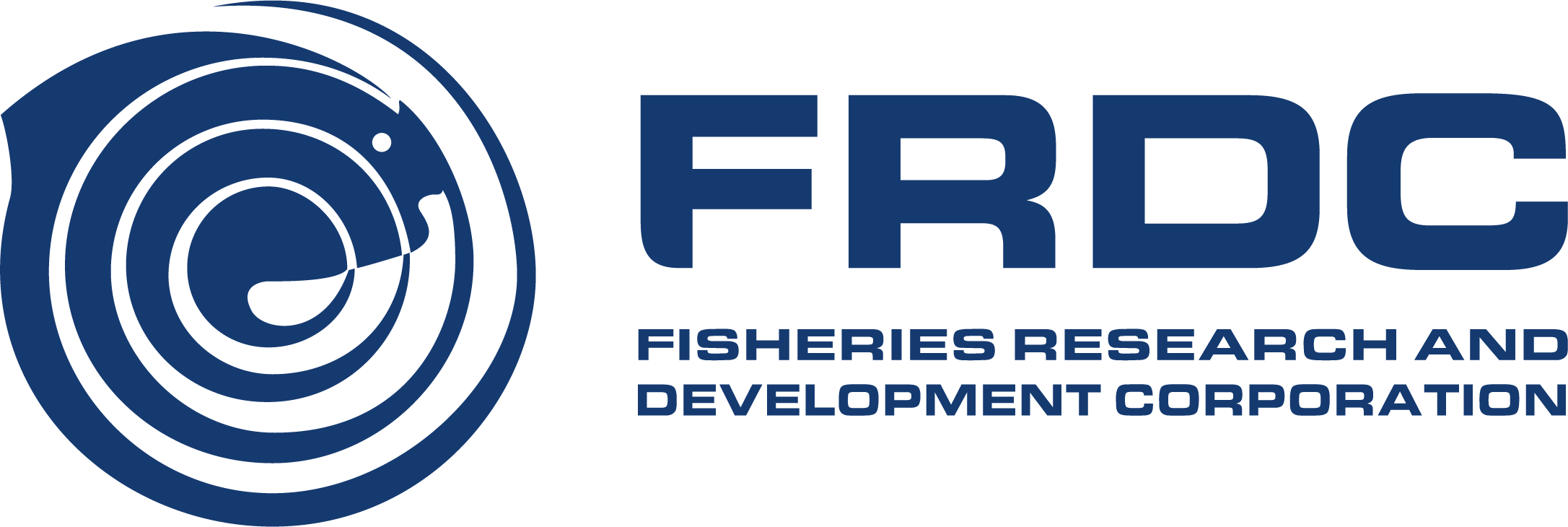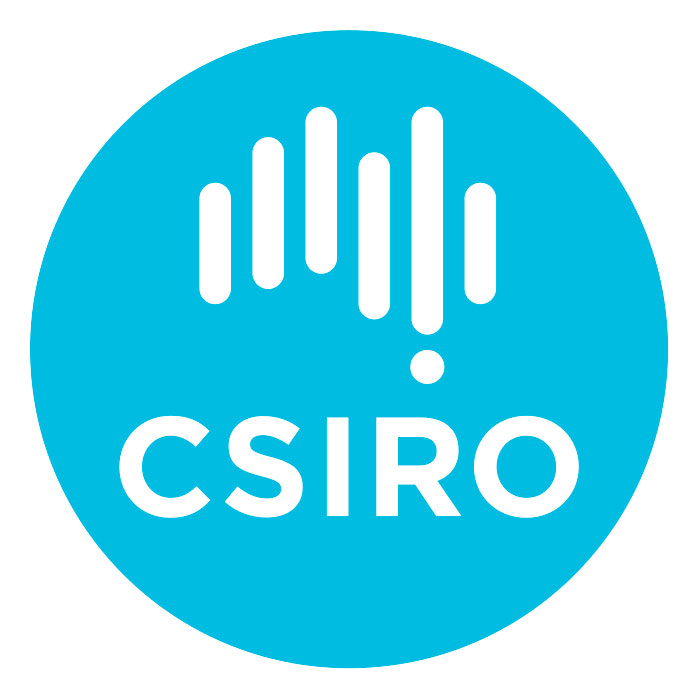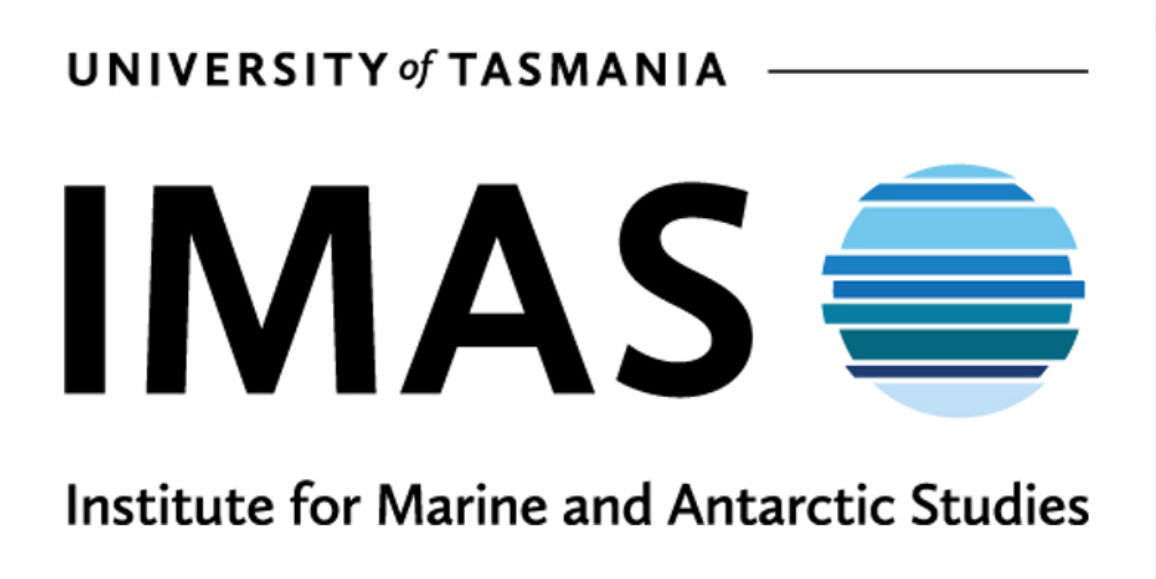AMOEBIC GILL DISEASE
Amoebic gill disease (AGD) has impacted Tasmanian aquaculture stock since the mid-1980s and costs the industry AUD 40 million a year. This is because the most efficient treatment involves fish being regularly treated with fresh water throughout the marine growing cycle, which significantly increases production costs.
AGD is caused by a parasite that attaches to a fish’s gills, then accumulates and impedes the activity of the gills. This results in lower growth rates and, if not treated, even death.
IMAS has conducted research into AGD for over 30 years, with researchers identifying, characterising and naming the causative amoebic agent Neoparamoeba perurans which occurs naturally in Tasmanian waters. While the industry now uses freshwater bathing to control AGD and treat affected Atlantic salmon, research continues to seek alternative mitigation strategies.
CSIRO is working with Atlantic salmon growers to protect their fish from AGD, with one study finding that a diversity of parasites colonise the gills of AGD-affected farmed Atlantic salmon. The parasite Neoparamoeba perurans was found to correlate the most with reduced gill health.
CSIRO also developed ways to combat AGD such as breeding resistance, as well as a gill score for AGD which is commonly used by industry to help with stock management. Scientists have also looked at Brown Trout, a close relative of Atlantic salmon, to examine the mechanisms that make other salmonoids resistant to the amoeba. This work has helped to improve the health of Atlantic salmon by increasing AGD resistance by more than 35%.
SALMON ORTHOMYXOVIRAL NECROSIS
A more recent disease affecting farmed Atlantic salmon is salmon orthomyxoviral necrosis (SON), which can affect the heart, liver and kidneys of salmon. It is caused by pilchard orthomyxovirus (POMV) and is transferred from pilchards to Atlantic salmon, and can cause disease and even death. There is currently no evidence that this pathogen affects wild fish.
The Centre for Aquatic Animal Health and Vaccines has developed vaccines to control viruses relevant to the Tasmanian Atlantic Salmon industry, including for salmon orthomyxoviral necrosis (SON), Vibriosis and Yersinosis.
The Centre provides aquatic animal disease surveillance, health testing and disease diagnosis, as well as research to develop and test vaccines, and develop responsive fish health diagnostic capabilities.
It is part of the Department of Natural Resources and Environment Tasmania (NRE Tas), and is a collaborative venture between the Tasmanian Government, the Tasmanian Salmonid Growers Association (TSGA) and FRDC.



